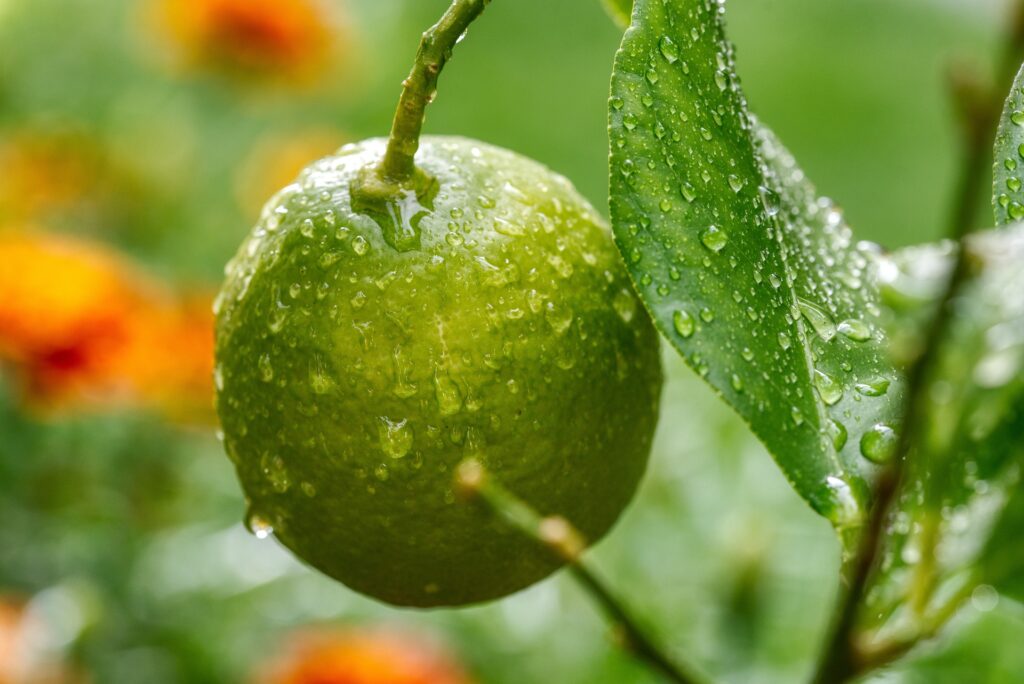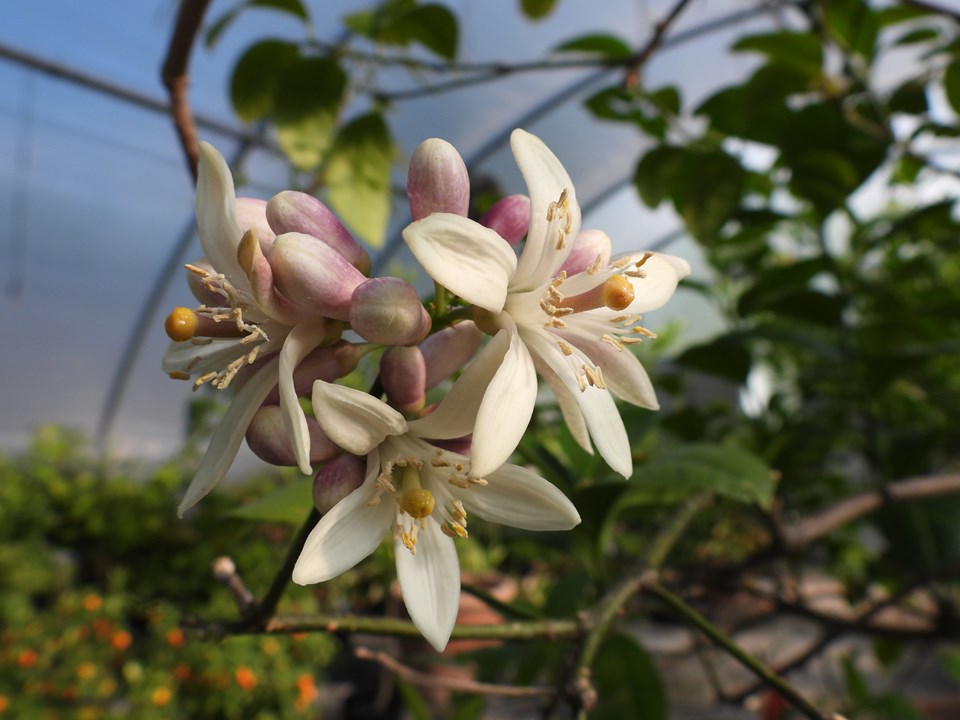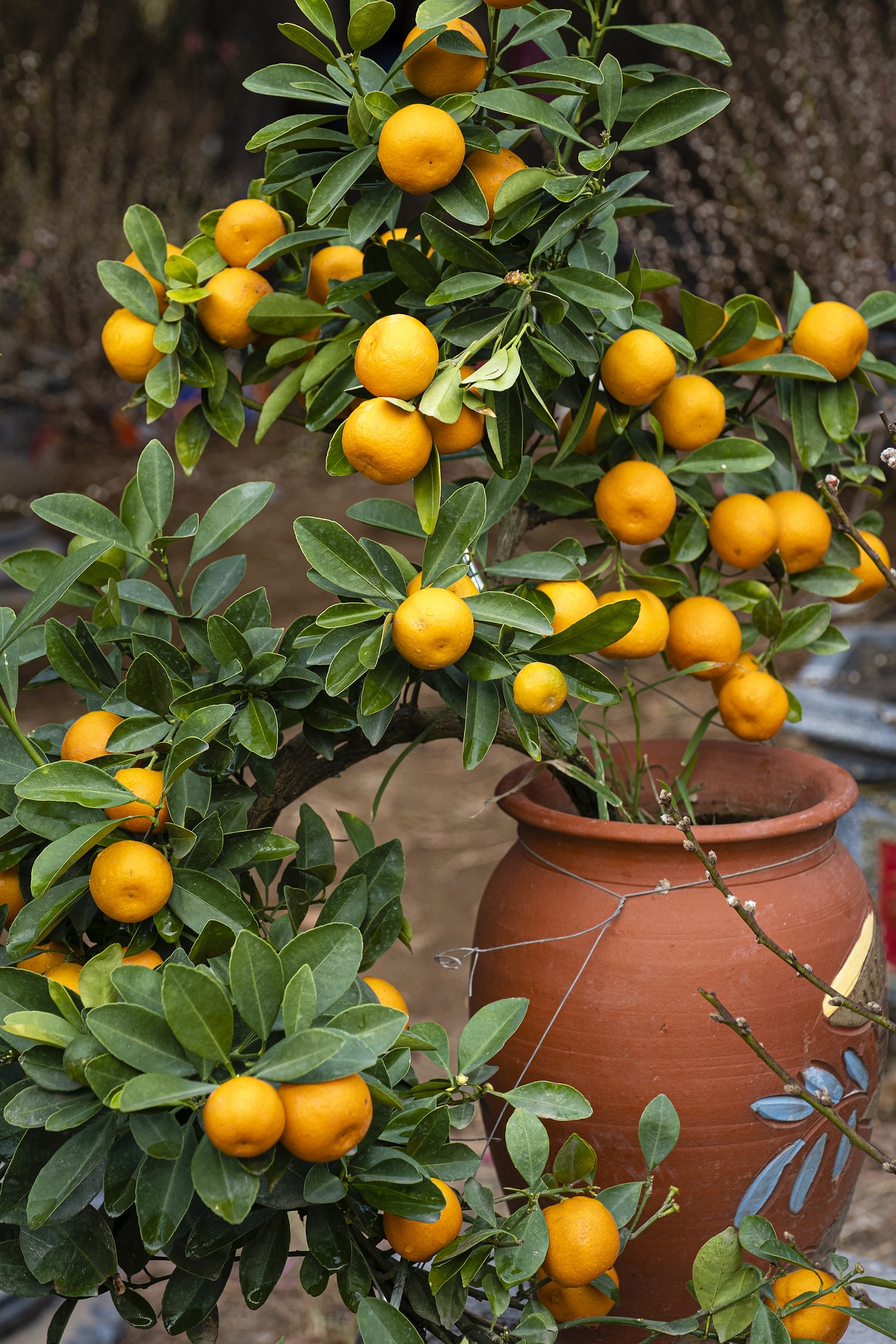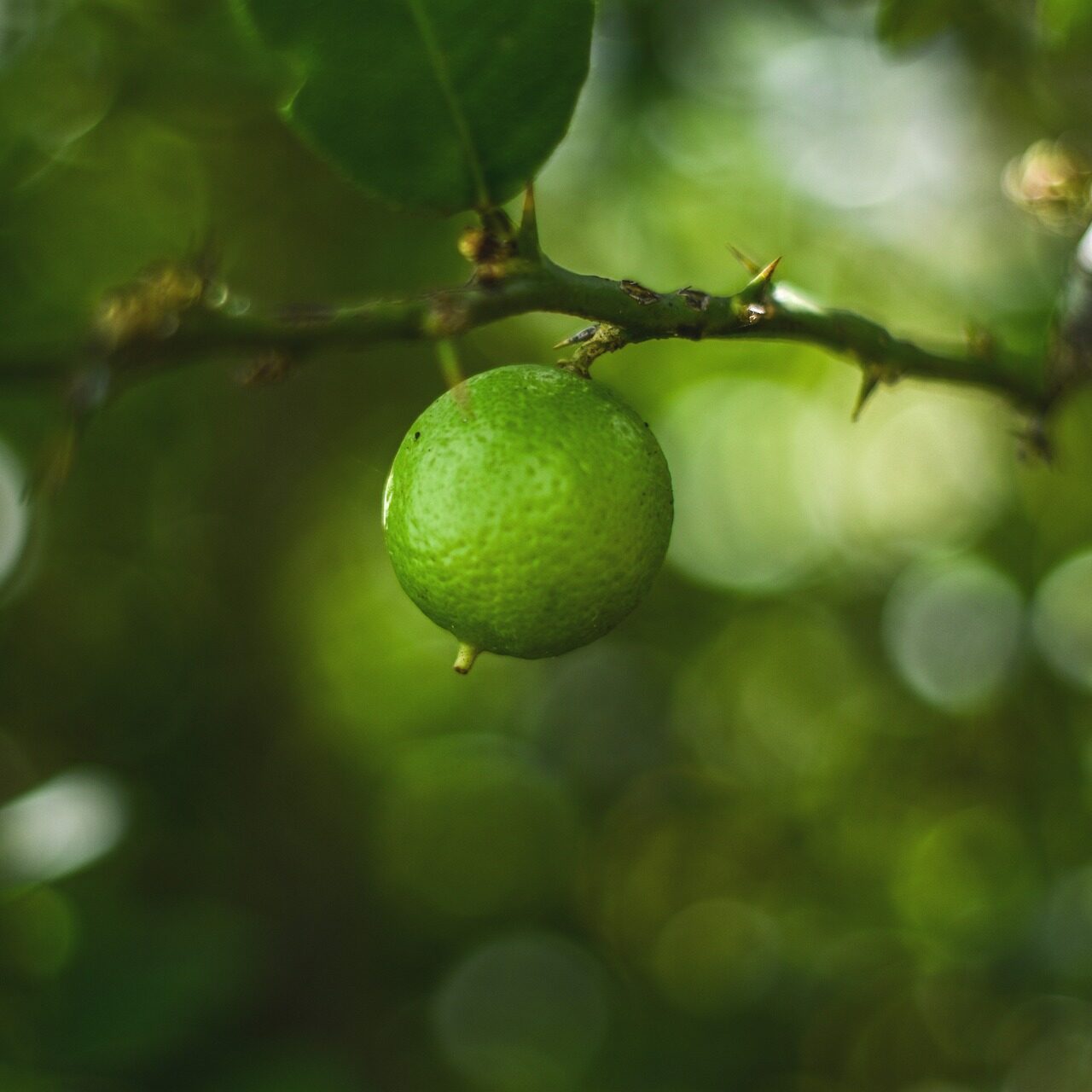
Growing Citrus in the Pacific Northwest
CONTAINED
BRILLIANCE
Citrus, the fragrant, fruit-bearing beauty
Citrus has a special place in my heart. When most people think of citrus, they think of its fruit but some citrus is grown for its fragrant leaves and flowers. It’s all of this and more for me. My parents have been taking care of kumquat trees since I was young. I knew cold weather was on its way whenever we started moving the trees into the house.

When people think about growing lemons and limes, many conjure up thoughts of warm and sunny states such as Florida; but what about growing them in Washington? For that I have three words, yes, you can! Even though most citrus are considered hardy to USDA zone 9, I’ve encountered many gardeners who have had success growing their citrus plants in pots year round in Seattle, an area considered to be USDA Zone 8b. And while I do not recommend planting them straight into your landscape, I have heard instances of lemon trees thriving in various microclimates throughout the Pacific Northwest. Living in one will definitely increase your chances for success.
Keeping citrus in pots with drainage is the best way to protect them from the cold and rain while also keeping their size in check. If you plan to keep your citrus outside year round, I highly recommend moving them somewhere well-protected and undercover such as against the house under the eaves once cold weather approaches and the temperatures start dipping below 50°F. The area closest to your house will always be warmer than out in the open exposed to the elements.

Overwintering Indoors
Keep a close eye on the weather forecast. When the temperatures are freezing or below, it's best to move citrus inside to your garage or house until the temperature heats back up to above freezing. If left outside, you can wrap them in frost cloth for added protection outdoors, but it is not the most reliable in terms of warmth. Once the weather has warmed up and evening temperatures start consistently staying above 50°F, you can move your citrus from undercover to a sunny location that receives at least 8 hours of sunlight a day.
The most successful way to grow citrus in our region is overwintering citrus indoors for the fall and winter and bringing them back outside for spring and summer. If your plan is to bring your citrus inside for the winter having the appropriate location is important. Ideally, a cool and sunny spot away from heaters and vents is best. Hot dry air can bring a host of problems for the plants. If lacking a sunny location, you can use grow lights above the plants to provide light for a minimum of 8 hours a day. Humidity is a must for citrus! In a perfect world, it should be around 30% or more. I recommend keeping a humidifier close to the plant or setting a pebble tray with water underneath the pot. Never let the plant sit in water as this can lead to root rot and other problems!
When moving plants from one environment to another, inevitably the plant will incur some stress. Citrus shows its stress by defoliating dramatically over a few days till the plant is bare. Worry not, once they are acclimated to the new environment, they will regrow their leaves. While they are defoliated, let them dry out longer between waterings since there are no leaves to transpire the water. It's also good practice to water less during the winter months since the plants are not actively growing at this time.

Selecting Your Citrus Plant
At this point, you may have gathered that growing citrus in the northwest can be both rewarding and challenging. Many varieties do not tolerate our cold wet winters so it’s best to either pick those that do or overwinter them inside. Additionally, when making your selection, look for varieties that are disease and pest resistant to increase your chances of successful fruiting. The varieties that fare the best in the Northwest include:
- Meyer Lemon, Citrus X meyerii
- Mexican Lime, Citrus aurantifolia
- Makrut Lime, Citrus hystrix
- Satsuma, Citrus unshiu
- Blood Orange, Citrus sinensis
- Hardy Orange Poncirus trifoliata (hardy outside all year long)
- Kumquat, Citrus japonica
- Calamondin, Citrus mitis

Citrus Care
Watering and humidity are your keys to citrus success. I advise having a schedule for checking watering needs instead of just watering due to plants’ various requirements based on age, soil mix and the season. It is best to let the top of the soil dry out 2-3 inches between waterings and when it is time to water, a thorough drenching till the water comes out through the drainage holes is advisable. Discard any excess water in the pot’s tray.
All citrus trees need some form of nutrients to bear good fruit. For the most part, a good organic fertilizer intended for fruit trees will work just fine. Begin fertilizing in early spring and continue with intermittent intervals through the summer and fall. Follow package directions for best results. A problem I have noted when taking care of citrus in the Northwest is iron deficiency in the plants. This appears as yellowing leaves with green venation, and over time the affected leaves will pale even more. I recommend finding a citrus fertilizer with iron if you can find one, if not you may have to supplement with a nutritional spray or chelated iron on the leaves.
Monitoring for Pests
Citrus can be a challenge for the beginning plant parent. Many of them can have gnarly thorns. When handling the plants, I recommend wearing a pair of rose gloves whose long sleeves will protect your arms while you prune. Citrus can also be quite prone to pests such as spider mites, mealy bugs, and scale. Picking citrus varieties that are more pest resistant can help but the best method of keeping your plant from infestation is making sure your plant is stress-free and inspecting your plants frequently, especially during its transition indoors in the fall.
PRO TIP: sticky dew on the surface of the leaves and along the stem can be an indicator of a pest problem. As mentioned earlier, humidity is not only crucial for the plants health, it helps keep spider mites which thrive in low-humidity environments from weakening your plants.
Having worked many years in a nursery selling citrus, I find inevitably that most will run into some sort of pest problem. If you have a pest problem, the first step to treating it is to identify the pest. Once the pest is identified, you can move forward with choosing the right treatment. Neem oil, insecticidal soap, and horticultural oils are a few that can help control pests. As a preventative measure, some people spray their plants monthly. Do not be disheartened if you do run into an occasional pest problem, even when growing in their preferred climate citrus are prone to pests yet still bear great fruit.
Despite the trials you may face, growing citrus in the Pacific Northwest can be quite gratifying bringing many rewards. It fills your home with the fragrance of blooms, can provide fruit to harvest, adds a unique focal point to your garden or patio and brings a bit of the tropics to brighten up our Northwest winters.
~ Paulina



